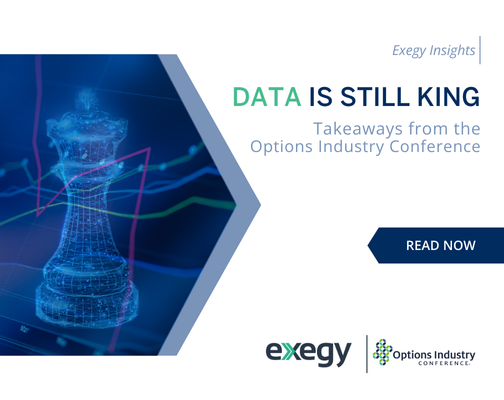Predictive Cost Savings – Part 1
Welcome to our new “Signum cents” series of articles on the economics of developing and maintaining trading signals (a.k.a. predictive market data and real-time analytics). Throughout this series, we will focus on the most cost-effective ways for trading firms to harness the power of artificial intelligence (AI) and machine learning (ML) to improve their trading results. Specifically, we opine on what firms should build versus what they should buy.
Our commentary on the investment required to generate actionable signals using this technology is based on our experience building Signum – both our internal investments, as well as those of our Tier 1 clients engaged in these activities. While there is wide variance in the level of adoption of real-time trading signals and machine learning technology among our clients, they generally fall into two categories – those considering internal development of similar signals and those maintaining similar signals that were internally developed. Beginning with the former, we quantify the significant benefits of the Signals-as-a-Service solution delivered by Signum. We are pleased to say that many of our clients have recognized these benefits are incorporating our signals into the trading strategies and execution algorithms.
Many firms recognize that Machine Learning (ML) and Artificial Intelligence (AI) technology currently represent an opportunity to optimize their trading results and differentiate their offerings to clients. They also recognize that this technology will rapidly become table stakes in electronic trading, just like direct data feeds, co-located data center space, and wireless network links between data centers. The first inclination of these firms is to develop internal ML-AI technology expertise, then build and maintain an internal portfolio of signals.
This same inclination previously led firms to develop feed handlers, data caching engines, data distribution fabrics, wireless networks, etc. At various stages of the electronic market evolution, specialist vendors offered equivalent products and services that delivered better capabilities at dramatically lower costs. Quite simply, vendor solutions can leverage an economy of scale that internal solutions never achieve. Market participants eventually recognized that these necessary components of their electronic trading infrastructure were neither competitive differentiators nor core competencies of their firms. These firms pivoted to developing strong partnerships with best-of-breed vendors and focusing their internal efforts on their principal and client execution businesses.
With Signum, Exegy has raced ahead of many market participants in developing real-time trading signals. Exegy has crafted the Signum portfolio to offer compelling value that precludes internal development of equivalent signals:
- 2 years faster time-to-market
- 10x lower cost
- Lower risk
Exegy embarked on the Signum project with 12 years of experience delivering real-time market data solutions to the elite buy- and sell-side institutions in global markets, as well as decades of experience and over 117 patents in hardware acceleration technology. Even so, it required two years of effort from a team of 10 data scientists and engineers to develop the initial Signum portfolio at a cost of over $2 million. Exegy plans to double the rate of investment in Signum in 2020. While some firms may be better positioned to begin a similar effort, Signum still represents a dramatically faster path to market.
At a modest monthly subscription fee equal to the cost of a single senior engineer or data scientist, Signum represents a compelling value. Hiring a team of ten data scientists and engineers to build, analyze, and maintain a similar portfolio of signals will easily cost ten times more.
Research and development are risky endeavors, and thus expensive. New signal ideas may not be viable, machine learning models may fail to generate the necessary accuracy, and development times (and costs) for new technology are notoriously difficult to predict. Not only has Exegy assumed the risk and born the cost of exploring new signal ideas, but we have leveraged its unique access to leaders in the capital markets to confirm the viability of each signal in the portfolio. For each signal in the Signum portfolio, accuracy results are published and historical data is available.
In our next article, we focus on those firms that have existing investments similar signal development efforts. Is there a reason why a vendor solution like Signum makes sense for them?



